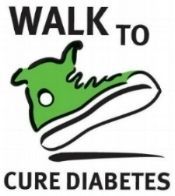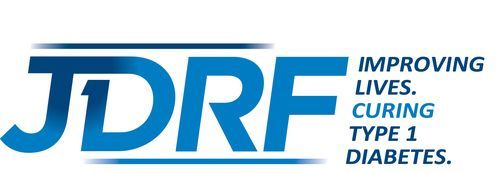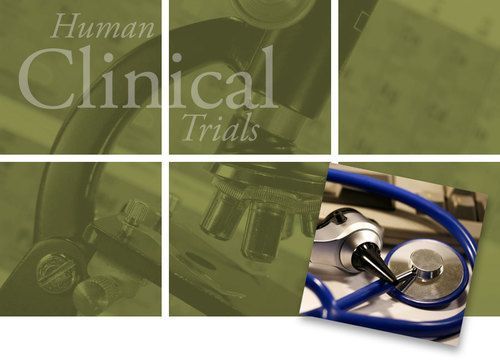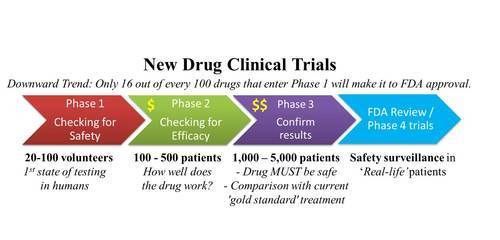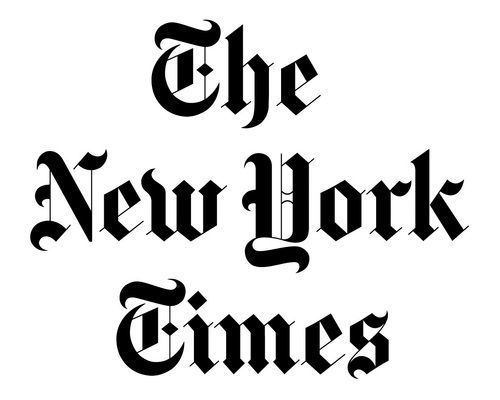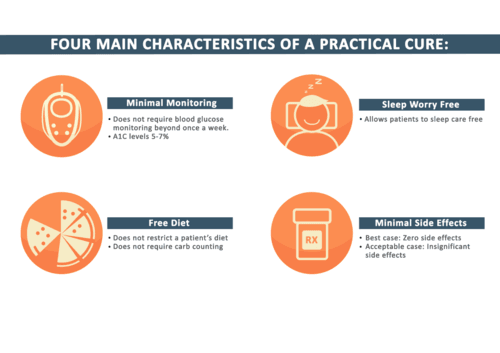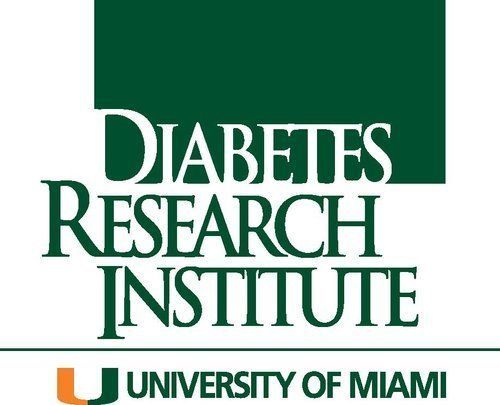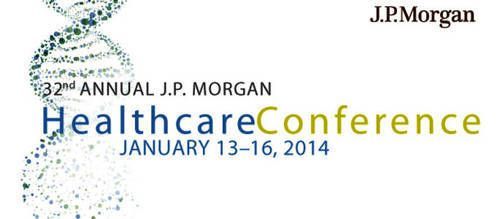JDRF's financial statements are important because they show how the money provided by donors is actually utilized. This short report highlights a few key trends.
The JDCA attended the Partnering for Cures 2014 Conference held in New York City on November 18th and 19th. While we attended many different sessions, there were three main takeaways from a majority of panels.
The US biotech company Nuvilex made recent news when it obtained exclusive rights to use insulin-producing "Melligen" cells to develop a treatment and possible cure for type 1 diabetes. Here we apply a Practical Cure perspective to give some background on the technology.
This report addresses why people walk in diabetes fundraising walks, what they expect from walks, and how these events are so effective at generating revenue.
Dr. Douglas Melton, co-director of the Harvard Stem Cell Institute, and his colleagues published a paper detailing their recent generation of insulin-producing beta cells from stem cells. We share some background about the research and evaluate the findings from a Practical Cure perspective.
This report discusses the role of the board of directors at the major type 1 diabetes non-profits. At the end of the report, five recommendations are suggested for the boards to adopt to increase effectiveness and, hopefully, speed progress to a cure.
Although donors prioritize cure research and 87% of events promise to further a cure, our latest report reveals that only a small percentage of the proceeds from fundraising events actually goes toward T1D cure research.
This is the JDCA's annual report on executive compensation at the principle diabetes non-profits and research centers. The report demonstrates that only a minority of pay is based on performance while the majority of pay is guaranteed whether or not the organization makes progress toward its mission.
In fiscal year 2013, the ADA spent 84% of their budget on non-research activities, mostly advocacy, publications, and fundraising. The ADA did not allocate a single dollar to type 1 Practical Cure research projects in 2013, and only gave an estimated 6% of the budget to any kind of type 1 research at all.
Yesterday, ViaCyte announced that they will enter into human trials during the next few months. This initiative combines both cell supply (via stem cells) and cell protection (encapsulation device) into one solution. The JDCA classifies this initiative as a potential Practical Cure.
This report reviews the JDRF's research grant allocations during fiscal year 2013. In doing the analysis, we were surprised to find that only 3% of their grant allocations went towards Practical Cure progress. This is not a meaningful portion of their budget, and this goes against what our research has shown donors want.
This report reviews the JDRF's revenue and spending during fiscal year 2013. In doing the analysis, we were surprised to find that annual spending on T1D research was reduced by $50 Million compared to 2008. At the same time, all other spending categories increased. Obviously, in our view, this trend does not align with donor interests who prioritize spending on cure research over all else.
Last week JDCA fellow Joshua Levy took a trip to the 2014 ADA Scientific Conference to see what new Practical Cure and type 1 research may be occurring.
This takes a deeper look into the influences of donor sentiment within the type 1 diabetes community.
Attached is a short flash report responding to the recent news that Merck is preparing to enter it's Smart Insulin project into human testing. This report provides a practical perspective, identifying what is genuinely hopeful about the project as well as the key questions that need to be addressed.
This week we visited Boston to get updates on several Practical Cure projects and to attend the T1D Exchange.
This week we're giving updates on all of the Practical Cure projects currently in human clinical trials with the help of Joshua Levy, JDCA Fellow and longtime type 1 cure research analyst.
This week the JDCA takes a look at the pathways to a type 1 cure, with special guest writer Joshua Levy. We also point out some of the pathways that could lead to a Practical Cure. \ Look for a follow-up in May where we take a deep dive and investigate the projects along these pathways.
Earlier this week, the New York Times ran an article titled "Even Small Medical Advances Can Mean Big Jumps in Bills." This report provides a quick summary with implications for a Practical Cure.
This report offers a representative look at smaller commercial enterprises pursuing pathways that may result in a Practical Cure.
The JDCA recently completed a survey to find out what donors value when it comes to cure research.
This week the JDCA visited the Diabetes Research Institute to learn more about the current status of the BioHub. Click on the links to get a quick run-down of the key findings.
Last week the JDCA visited the West Coast to meet with several of the largest type 1 diabetes research centers and to attend the 2014 JP Morgan Healthcare Conference.







